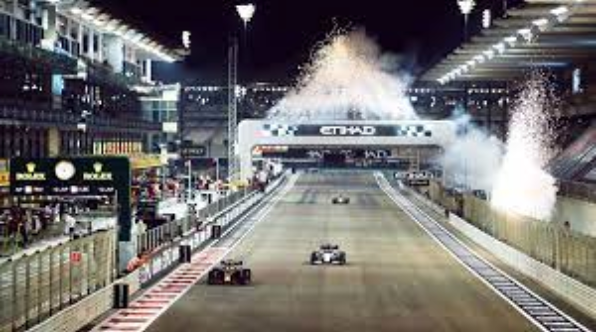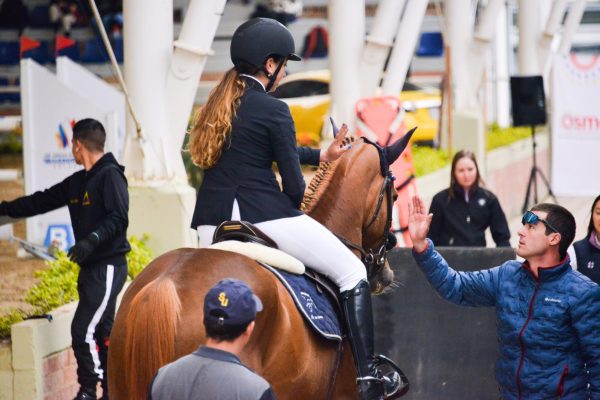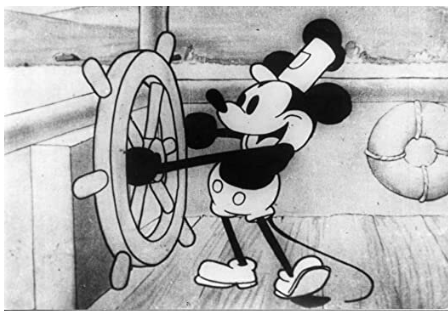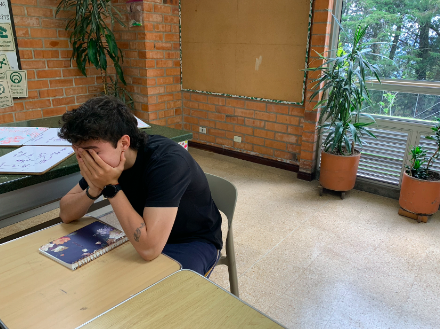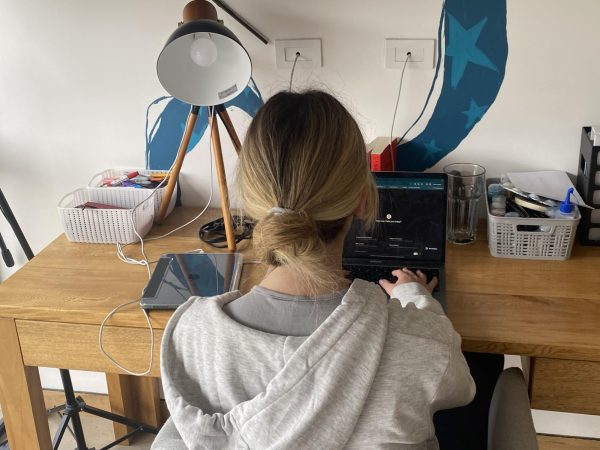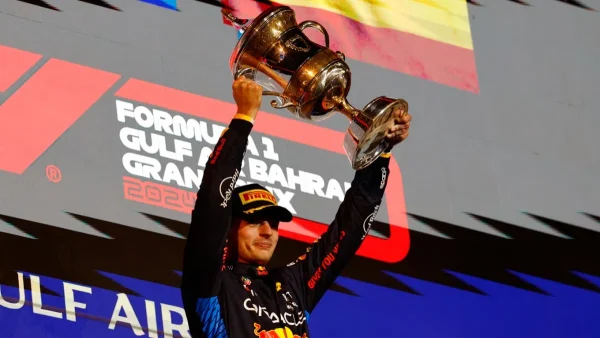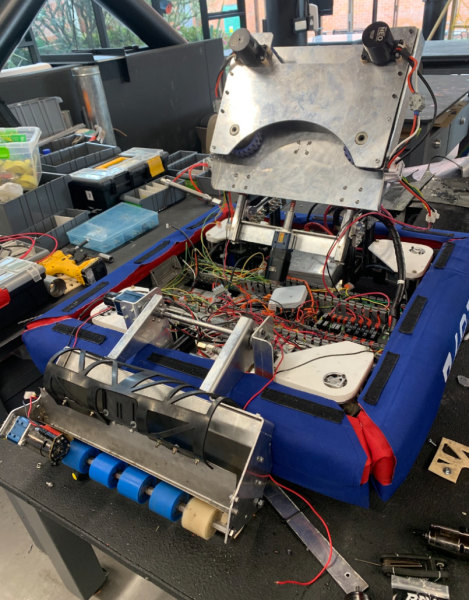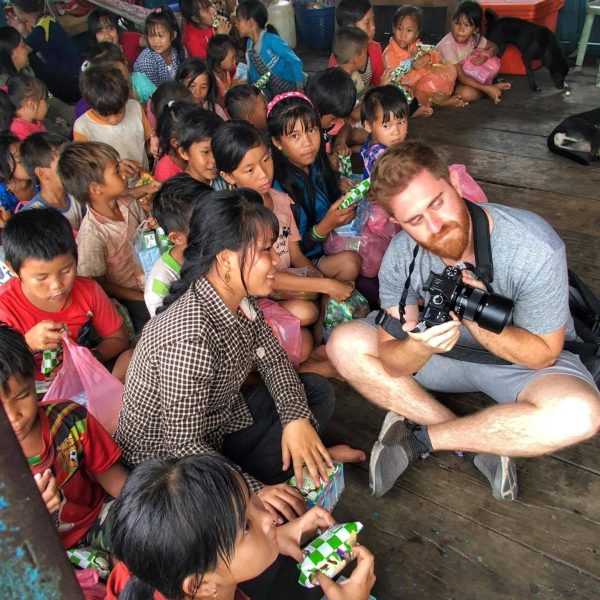The Music Genre “Stomping” Colombia
Colombian Tribal music is the new music genre that is taking the country by storm, and with it dividing people’s opinion.
The New Tribal movement, has been gaining popularity among young Colombian audiences for the past 2 years with its groovy sounds and beats.
According to Spanish international DJ, Dani Masi, here in Colombia groove has been played because that is what people like.
With the informality of this new music genre, nicknames are a common way to address it. Guaracha, zapateo, aleteo, chancleteo, pandereteo and chirreo are common street names used to denote this musical movement.
“Tribal is referred to as guaracha and pandereteo because of its back rhythm, zapateo, chancleteo and aleteo because people dance like stomping the ground. Chirreo is perhaps the less used but it refers to the people who most often listen to it, who are often called “chirretes”,” Simon Gomez, tribal enthusiast and Columbus School 11th grader, said.
Tribal started as after party music, played early morning at night clubs when few people were left. With time, more people stayed until morning just to dance to the groovy beats, which gained popularity until the point that entire parties were devoted to it, and becoming the phenomenom it is today.
“Night clubs here in Medellin hired local DJs to play crossover music, when there were few people left in the club that’s when they started playing their own mixes and sounds,” Manuela Trujillo, Marymount 10th grader, said.
Differing from other types of electronic music, Colombian tribal is not to listened in individual songs, instead, DJs release “sets” for the public, which often last between 40 minutes up to 2 hours. Another difference is that in New Tribal the beat drops constantly, whereas other types of electronic music like EDM, the change of beats, or “beat drop” takes around 1 and a half minute, in New Tribal the beat drops regularly
“Tribal is liked here in Colombia because of the longevity of the sets, and how often the beat drops,” Gomez said.
Despite its popularity among young audiences, this music has also split the population, creating a group of people who firmly dislike the music for the very same reasons it has become popular.
“I personally dislike this type of music, because I think that at first it is fun, but when you are 5 minutes straight listening to a song, it becomes repetitive and annoying, it doesn’t have any lyrics and repeats the same rhythm all over again,” Sofia Perez, TCS 11th grader and outsider to the New Tribal movement, said.
New Tribal is generally played at events called private parties which feature several Djs, and are often located in warm places like Copacabana or San Jeronimo. These parties can last for up to 3 days, and tickets range from 80-100 thousand pesos for men, while women ofte enter for free or at a reduced price.
“Private parties are usually a very big event, they involve a lot of planning and the logistics are incredible, they need a lot of money, and there are costs like the several DJs, transport, and the location,” Trujillo said.
Pontoon boats are also rented in Guatape to host these events. The boat sails around the dam for about 5 hours and then returns to shore. The cover includes a ticket to the party and transport in buses to and from Guatape; prices vary from 55 to 65 thousand pesos.
“Pontoon parties are my favourite, because it’s in the light of day, something totally different to every other party. People are always eager and excited to arrive and the environment is incredible,” Trujillo said.
With this newly funded tribal popularity, came an increase in demand for DJs. The two results were a surplus of DJs, and a lower quality music.
“Nowadays everybody thinks they know how to play, however, the best DJs in Colombia are: DJ Dasten, Kristian Arango, Iván Miranda, Exotik, Fumaratto Ferroso, Juan Bass, Mario Suaza and Isaias Palacio,” Gomez said.
Like most popular trends, New Tribal has spawned its share of stereotypes. These include that this music is only enjoyed by people who conduct illegal business like drug dealing, their women and often their children, commonly referred to as “chirretes” or “grillas”.
“This music is associated with the “chirretes” “grillas” sub culture, because they are the groups that listen to this music the most. Also their outfits and their acts relate a lot to this type of music,” Perez said.
Another common misconception is that everybody who attends a private party or a pontoon party partakes in the use of drugs. However, time has shed light on these perceptions and while it is true that some people do in fact use drugs, it is not at the level or frequency people often believe.
“Everybody thinks that people in pontoons and private parties do drugs, but this is not true. It would be hypocritical to say that this music doesn’t feature drug usage, but rumors tend to escalate situations to ridiculous levels,” Gomez said






